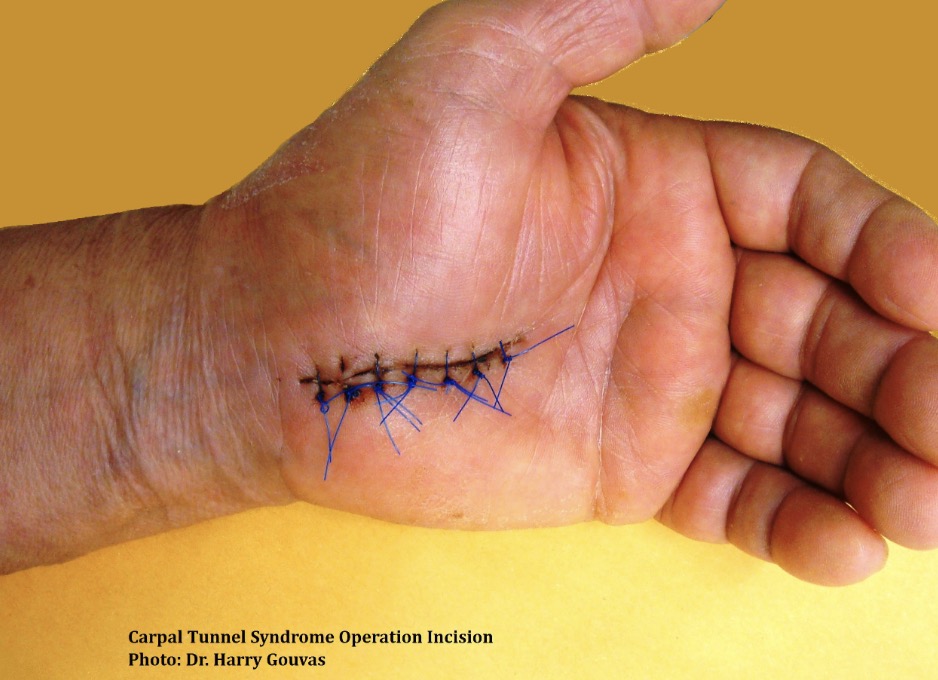Carpal tunnel syndrome, also known as CTS, is a very prevalent health condition that affects millions across the globe. According to the Cleveland Clinic, approximately 3 out of every 1,000 people in the United States experience CTS each year. While there is a strong connection between CTS and your genetics, you may also experience CTS as a result of your occupation. In this article, we will delve into the causes and symptoms of CTS, what occupations it is most common in, and how to mitigate the risk of developing work-related CTS.
What Is Carpal Tunnel Syndrome?
CTS is caused when the carpal tunnel of your wrist narrows and compresses your median nerve. The median nerve runs the length of your arm and controls the functions of your forearm, wrist, and hand. When this nerve becomes pinched and squeezed, it causes a great amount of discomfort, making it difficult to carry out your everyday activities.
Causes
While certain factors such as your sex, genetics, and underlying conditions can all increase your susceptibility to developing CTS, your workplace duties may also be the source of your CTS. CTS in the workplace often develops as a result of repetitive motions and extensive periods spent using your hands and wrists. One factor that heightens the risk of CTS is poor ergonomics in the workplace, such as having your arms and wrists positioned too high up. Fortunately, ergonomics is a simple fix. Additionally, using vibrating tools, such as a drill, or having to maintain the same arm and wrist positioning for a long time can also affect your chances of developing CTS.
Common Occupations
CTS is particularly common in certain occupations that require repetitive hand motions. Some of these occupations include:
- Construction worker
- Mechanic
- Massage therapist
- Hairdresser
- Cashier
- Transcriptionist
- Dental hygienist
- Chef
- Athlete
- Musician
Symptoms
There are several symptoms that may indicate you have developed carpal tunnel syndrome. These symptoms generally occur in your hands and fingers and include:
- Tingling
- Numbness
- Weakness
- Swelling
- Inflammation
- Pain
Treatment for CTS
Although CTS is an unfortunate reality for a great number of people, there are fortunately many treatments that can help improve your symptoms and quality of life. Some common treatments are:
- Immobilization, such as wearing a wrist splint
- Steroid injections
- Anti-inflammatory drugs
- Physical or occupational therapy
- Surgery
- Fix your posture
- Take frequent breaks from your work
Workers’ Compensation for CTS
If you are considering pursuing workers’ compensation benefits for CTS, there are a few things that you should be aware of. First, you must report your injury to your supervisor or manager within 30 days. Failure to do this may bar you from receiving any workers’ compensation. Once this is done, you have one year to file a workers’ compensation claim. The most important and most difficult aspect of obtaining workers’ compensation is proving that your injury or illness is work-related. A Los Angeles work injury attorney can help you establish causation and recover the compensation you may be entitled to.

